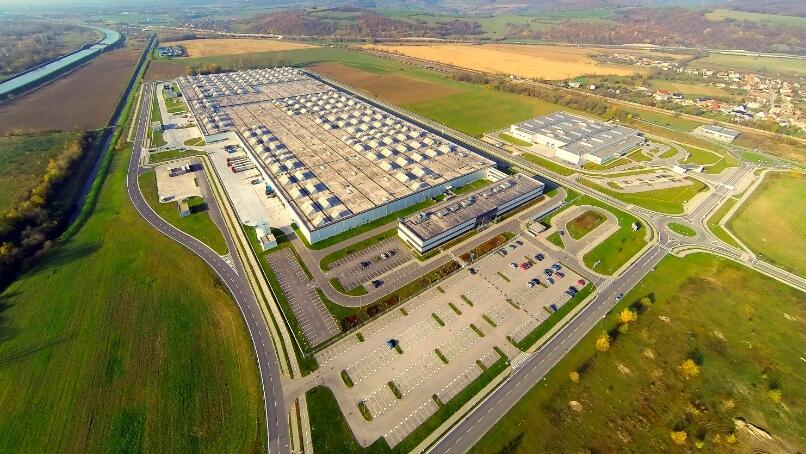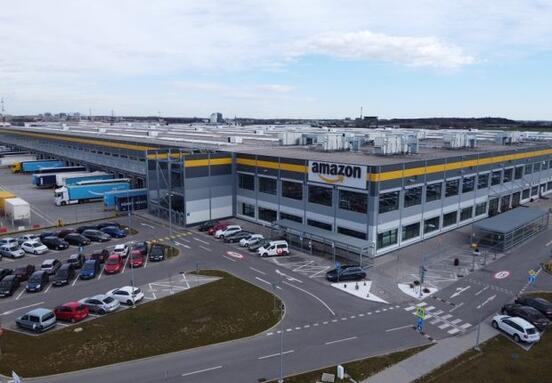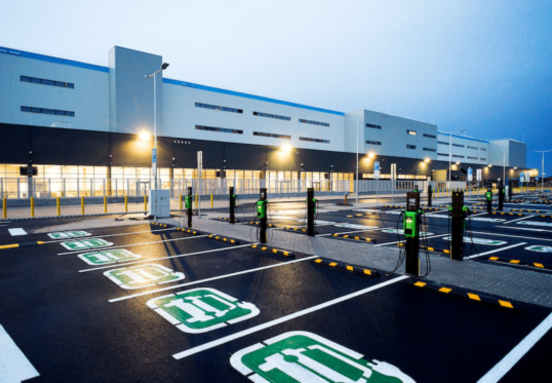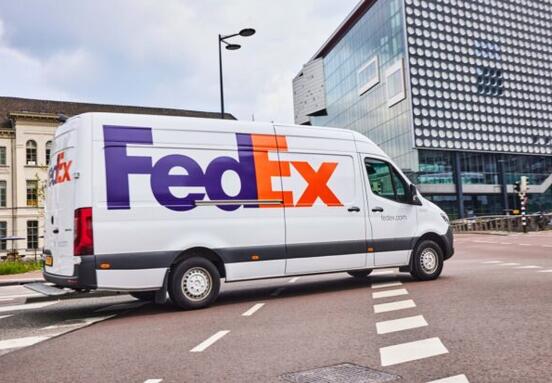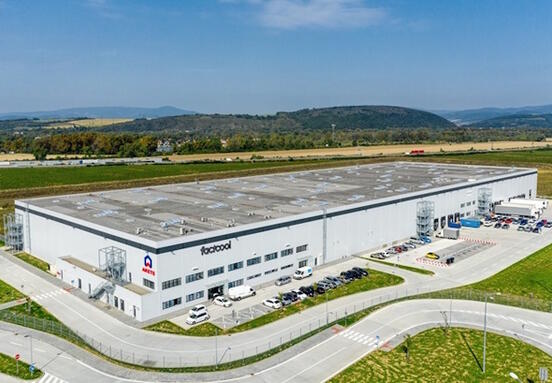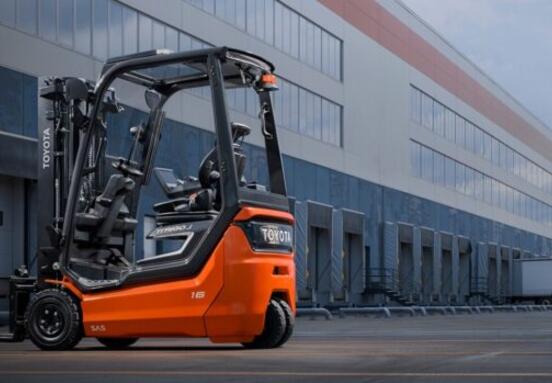CEE Industrial Market Enters 2025 with Strong Momentum
The industrial real estate market across Central and Eastern Europe (CEE) has kicked off 2025 with significant momentum. According to new market data from iO Partners, the total stock of industrial space reached 34.4 million m² in Q1 2025, representing a 1.1% quarter-on-quarter increase. While growth rates vary by country, the overall fundamentals remain robust, fueled by sustained demand, nearshoring strategies, and the increasing adoption of automation technologies.
The first quarter saw the completion of 0.43 million m² of new industrial space, with a further 2.83 million m² currently under construction. The average vacancy rate across the region stood at 5.0%, but this figure masks significant national variations, ranging from a low 3.1% in Czechia to almost 10% in Hungary. This divergence offers a wide spectrum of opportunities for both tenants and landlords.
Key Drivers and a Shift in Focus
The CEE industrial sector continues to underscore its strategic importance for Europe's future – it's dynamic, resilient, and increasingly sophisticated. Demand is growing not just for well-located assets, but for smarter, more sustainable buildings aligned with tenants' long-term operational and ESG strategies.
Markets like Czechia and Croatia experienced strong new demand in Q1, while others saw more moderate activity. Location, timing, and product type are playing a larger role in leasing decisions than ever before. Net take-up reached 0.51 million m² in Q1 2025 (excluding Croatia and Bulgaria), with 46% of this volume driven by manufacturing activity. This highlights an ongoing shift in focus from purely logistics-oriented demand towards production closer to markets. Slovakia and Romania, in particular, are seeing increased interest in build-to-suit solutions from manufacturing tenants.
Evolving Tenant Expectations: Technology and Sustainability Lead the Way
Tenant expectations are rapidly evolving. Modern warehouses must now support advanced operations, including robotics, smart inventory systems, and AI-driven forecasting. Technology readiness is fast becoming a critical decision criterion. Companies are asking not just about a building's location, but whether it can support their five-year technological roadmap.
Sustainability is another rising priority. Across the region, developers offering energy-efficient properties that meet ESG standards are gaining a competitive edge. The demand for buildings with BREEAM or LEED certification, solar-ready roofs, and lower operational costs is no longer limited to international tenants – these factors are increasingly being prioritized by local companies as well.
Navigating a Selective and Data-Driven Market
Despite broader geopolitical and economic headwinds, the CEE industrial property sector remains stable and active. Gross take-up reached 0.98 million m² in Q1 (excluding Croatia and Bulgaria), and net take-up across five key regional markets increased by 3% year-on-year. The market isn't slowing down; it's simply becoming more selective and data-driven.
For businesses seeking industrial space, understanding the specific dynamics of each national market, assessing property technology and sustainability credentials, and leveraging data are essential for making informed decisions in this increasingly sophisticated landscape.
Source: systemylogistiky.sk
